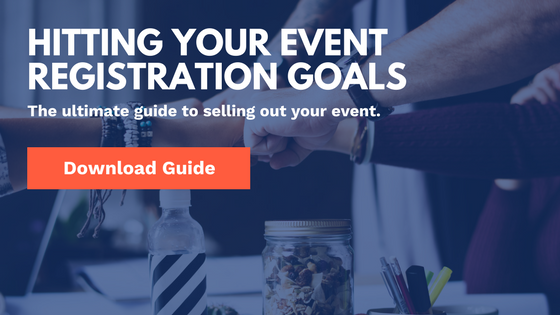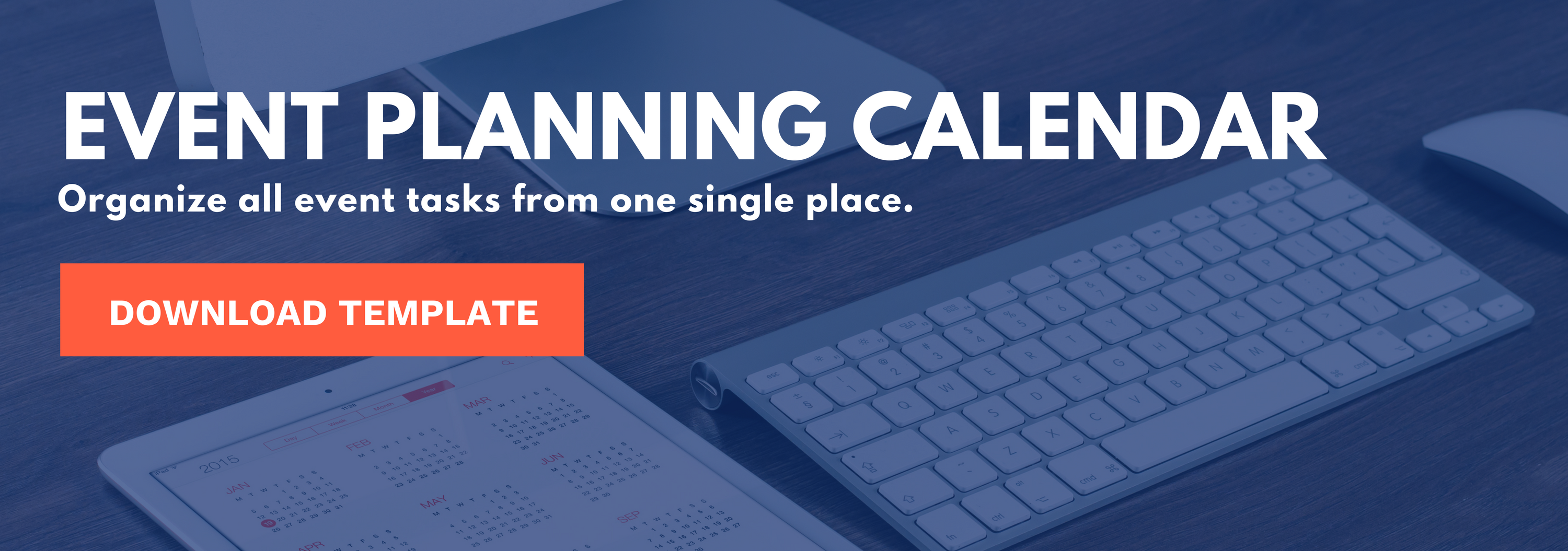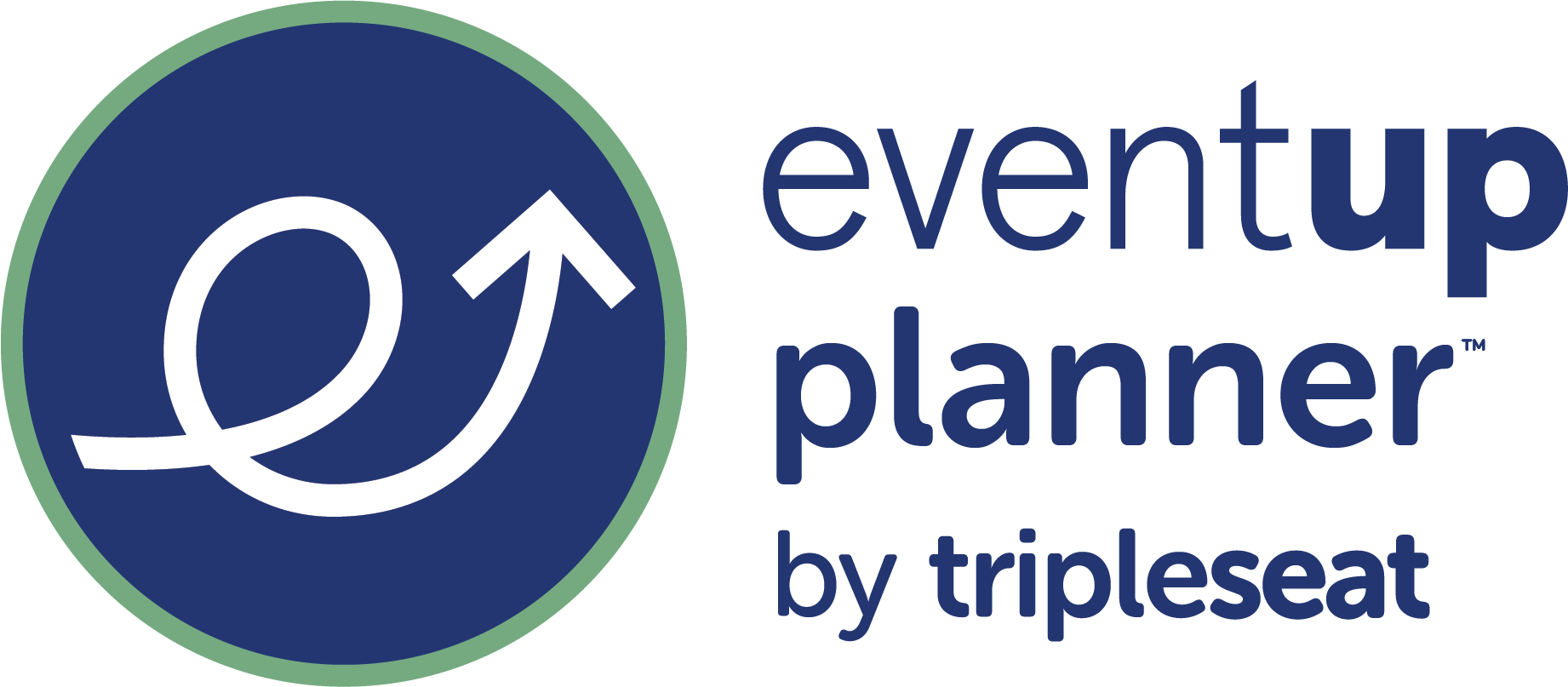Having a clear event plan will help you not only draw the path to event success, but will also give you the information and metrics you need to track in order to demonstrate your event ROI. From defining the event’s objectives, to ticket pricing strategies, audience personas, and marketing tactics, our event planning template covers everything you need to know to run a successful event. Keep reading to learn more about each section of your plan and examples you should consider when planning your event.
Executive Summary
This is a brief outline of the fundamental elements of your event. It’s important to consider the following strategic goals of the event first though – so you will probably find yourself writing this section last!
Goals & Milestones
Each event will have different purpose and objectives. It’s important that you know from the start what you want to accomplish and how you will measure it. Some things you may want to measure can include number of registrations, brand perception, new members, and more.
Examples:
- Increase registration by 15% YoY from xxx to yyy
- Promote our brand and increase membership by 10% (xxx new members)
- Attract new segment of professionals – Have xxx registrations of CEOs in the ABC industry
You might want to include milestones in your event plan. For example, you can plan how many tickets you would like to have sold by a certain date. This will be especially helpful to help plan your marketing strategies based on these milestones.
| Milestones | |
| Goal: Number of Registrations | By Date |
| 50 | February 28 |
| 100 | March 19 |
| 150 | April 12 |
| 200 | April 26 |
| Sold Out (250) | May 10 |
KPIs (Key Performance Indicators):
KPIs are metrics that you will measure that are related to the success of your event.
Examples: Number of registrations, Visits to website, Revenue, Net Promoter Score.
Target Audience
Who will be attending your event? The more you understand your target audience, the better you can market to them. This information will support your entire marketing strategy, including the selection of channels you will use to communicate with your audience, and the messages you will send. You can think in terms of demographics, psychographics, geographic, and behavioural.
Geographic: Select audience based on geographic location (city, neighborhood, etc.)
Demographics: Audience characteristics that may include age, gender, race, ethnicity, education, income, occupation, etc.
Psychographic: Segments the market on principles such as lifestyle, values, social class, and personality.
Behavioural: Segments audience based on usage, loyalties, awareness, occasions, knowledge, liking, and purchase patterns.
Example:
Our target audience comprises of mid-management professionals in the tech industry, who work in roles such as AI architects, development, and analytics. 70% of the audience are male, between 30-45 years old. We are targeting professionals located in North America who are willing to travel for great learning experiences. They are decision makers in their roles who are engaged in testing and approving new tools and software for their teams. They are tech savvy, and spend over 12 hours per day connected to the internet. They use social media channels, in special LinkedIn, Facebook, and Reddit.

Unique Value Proposition
What makes your event special? Make a list of unique value propositions together with your team and list all the benefits of participating in your event. This content can be used on your website, email and social media communication, advertising banners, and more. Pinpointing what makes your event will help you to stand out from the crowd, and help you target your sales efforts successfully.The time you spend here will really pay off as you are developing the communication pieces to promote your event across all channels.
Budget
It’s important that you know from the start what is your total budget and how you will spend it across different categories, including expenses related to website development, print material, advertising, catering, venue, decor, etc. Create a spreadsheet to keep track of the budget available, quoted costs, and actual costs.
Pricing & Offers
If you are running a paid event, list the cost for the tickets, as well as special offers and dates related to the offers, including early-bird pricing, promo codes, and pricing tiers for different segments.
| Ticket type | Cost | Valid until | # Tickets Avail. |
| Super early-bird | |||
| Early-Bird | |||
| Regular | |||
| Student |
| Promotions | Promotional Offer | Promo Code | # Tickets Avail. |
| Sponsors | |||
| Exhibitors | |||
| Affiliate Marketing | |||
| Influencer |

Marketing Mix
In this section you will select the chosen marketing channels to promote your event, including a breakdown with goals, KPIs, and tactics. This can be as simple as a bullet point list. Here are some examples:
Website
Website Goals:
- Communicate about the event
- Drive ticket sales
KPIs:
- Website traffic
- Clicks to CTA (Call to Action)
- Sales driven from website
Tactics:
- Create event website with online registration
Online Advertising
Online Advertising Goals:
- Create and increase awareness
- Generate ticket sales
KPIs:
- Traffic originated from paid sources
- Sales originated from (or assisted by) paid traffic
Tactics:
- AdWords
- Social ads
- Editorial ads
Email Marketing
Email Marketing Goals:
- Increase event registrations
- Keep registered attendees engaged and excited about the event (and ideally have them invite their friends and colleagues)
KPIs:
- Website traffic from email campaigns
- Registrations completed
- Open rate
- Unsubscribed rates
Tactics:
- Send by-weekly emails starting three months before the event
- Emails will be sent to XXX (specific email list)
Social Media
Social Media Goals:
- Create and increase awareness
- Generate ticket sales
KPIs:
- Traffic originated from social channels
- Sales originated from social sources
Tactics:
- Share social media updates 3x per week
- Chosen channels include Facebook, Instagram, Twitter, and LinkedIn
Social Media Content ideas:
- Quotes from speakers
- Promotional video
- Video from speakers’ previous engagements
- Articles published by speakers
- Share media articles talking about your event
- Curate content regarding topics that will be discussed at the conference
- Promotional content
- Save the date message
- Notify of price increases
- Promote speakers
- Promote workshops
- Special offers
During the Event
- Live Stream
- Twitter and Instagram Stories updates
Media & Community Relations
Media Goals:
- Create and increase awareness about the event
KPIs:
- Number of media mentions
- Media reach
Strategies & Tactics:
- Press releases to promote the event:
- Save the date
- Speakers announced/ Interview
- 1-2 weeks prior to the event
- Media partners to promote and cover the event
Out of Home (OOH)
OOH Goals:
- Create and increase awareness
KPIs:
- Number of estimated impressions
Tactics:
- Advertise on specific medium (bus shelter, subway ads, etc.)

Marketing Calendar
Build a calendar with the dates set to accomplish each task, including developing a website and sharing social media messages or sending emails. While building your marketing calendar, consider some key dates that might guide your content creation, such as:
- Save the date message
- Notifying of price increases
- Promote speakers
- Promote workshops
- Special offers
- Photos and videos from previous events
- Sneak peek for the key takeaways for the event
- Post-event survey: Follow up with a discount code for the next year’s event

Conclusion
When planning events, there are so many unique aspects to take into consideration. Having it all written down from start will help you and your team to work together towards a common goal, while being able to track all your efforts and the results achieved. Looking for more insights on specific areas covered in this article? We invite you to download the additional resources provided by linking the banner images throughout the article. Need more help? Drop us a message below!

